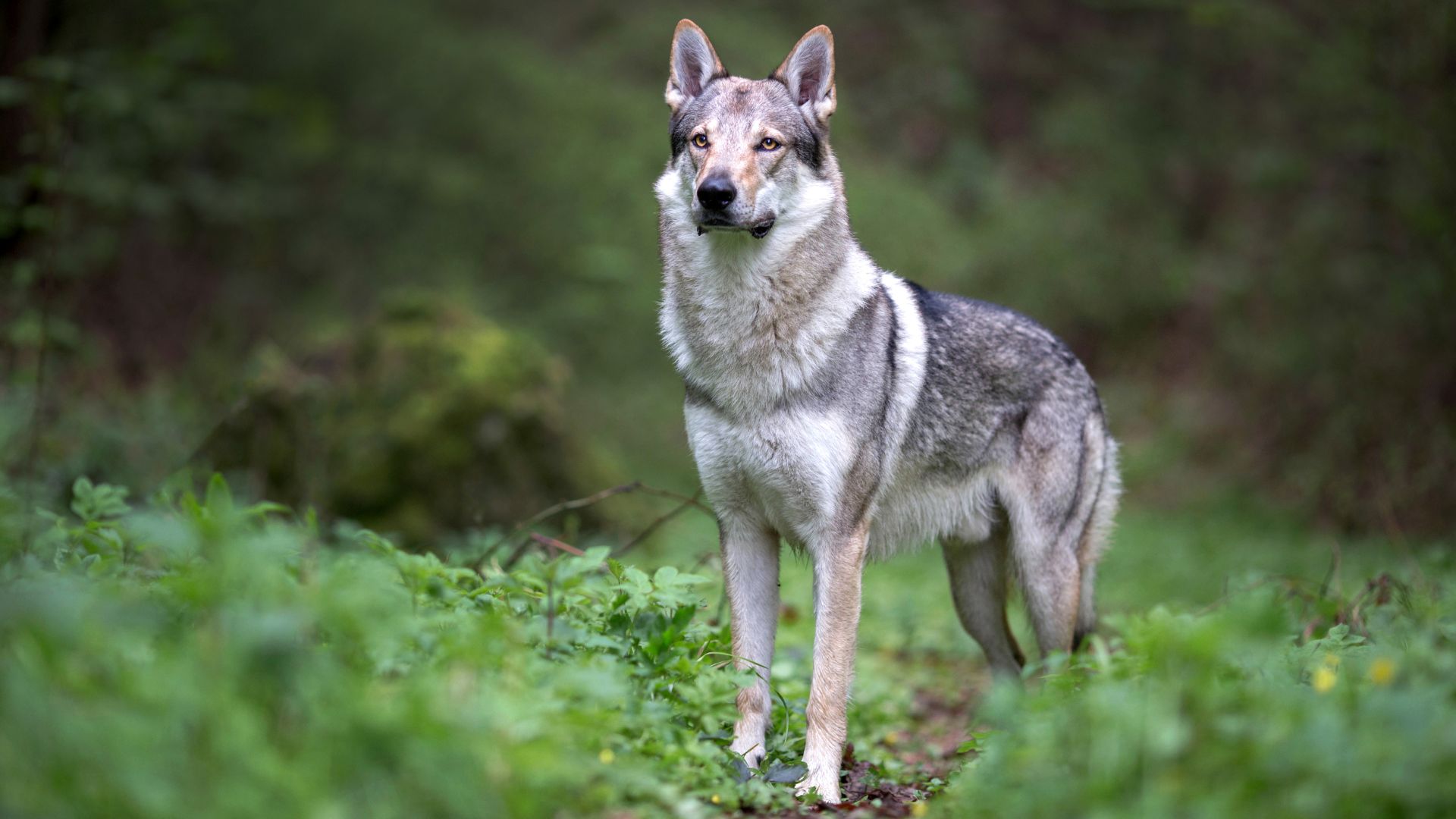Living in a world where safety feels uncertain, people often turn to dogs for more than companionship. They look for protectors, animals who can sense what human eyes and ears cannot. Yet not all dogs are made for this role.
Some are gentle companions, others playful workers, but only a handful carry the guarding instincts that recall their wolf ancestors. These breeds do more than bark at strange sounds; they stand their ground with unwavering certainty, reading danger before it arrives.
They are not aggressive by chance, but protectors by nature, shaped over centuries to watch, defend, and shield. Families, shepherds, and even entire communities have relied on them across history. Their presence alone often acts as a deterrent to the threat.
In this guide, we will examine the dog breeds whose wolf-like guarding instincts remain among the strongest known today.
Dog Breeds With Wolf-Like Guarding Instincts
1. German Shepherd
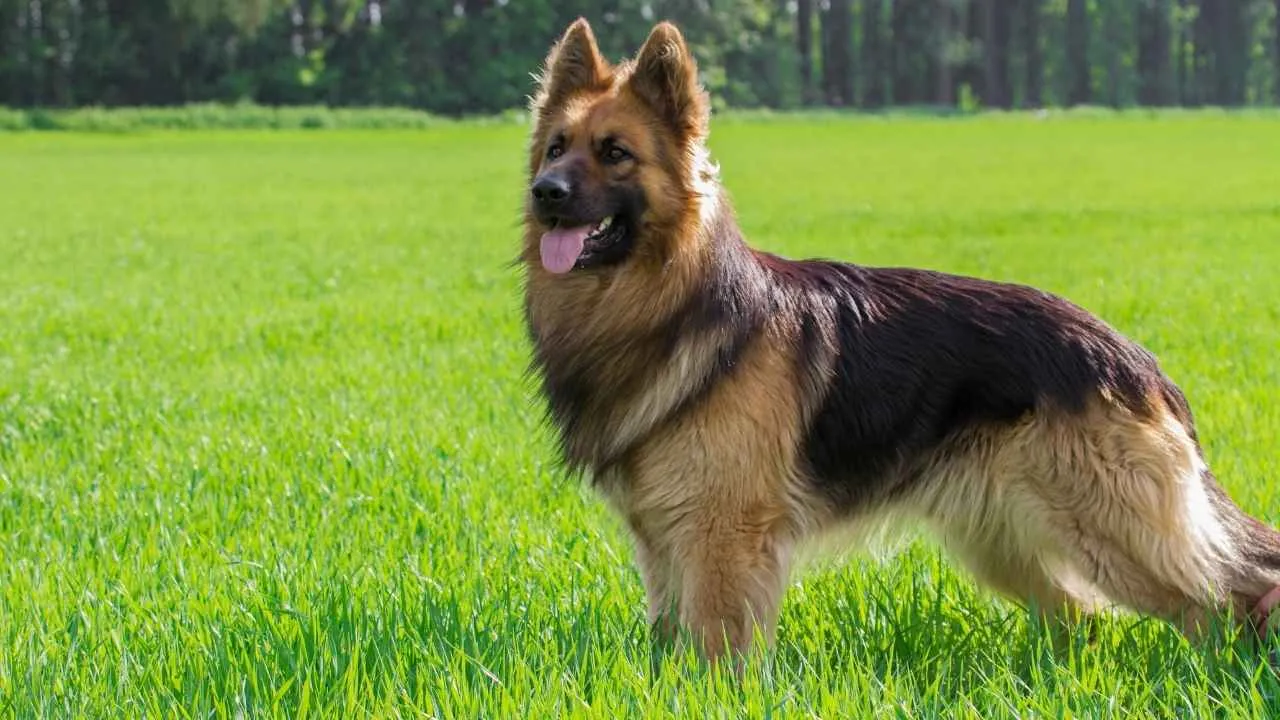
German Shepherd Dogs carry a natural guarding drive shaped by centuries of selective breeding. Their wolf-like instincts give them the ability to read body language and sense threats quickly. This makes them reliable in environments where both vigilance and decisive action matter.
Strength and Physical Presence
These dogs are athletic, muscular, and built for endurance across varied terrains. Their upright ears and steady gaze project authority, often discouraging intruders before conflict starts. Few breeds combine physical power with sharp awareness as seamlessly as they do.

Intelligence and Training Capacity
They learn complex commands rapidly and apply them even under pressure, which is why they’re favored for demanding service roles. Their mental stimulation needs are high, and without structured activity, they may outsmart less experienced handlers. Training with purpose is essential.
Loyalty and Protective Bond
A German Shepherd forms deep attachments to its family while remaining cautious toward unfamiliar faces. Their guarding instinct extends to both territory and people they consider part of their circle. When compared to other dogs, their blend of loyalty and suspicion is unmatched in intensity.
2. Czechoslovakian Wolfdog
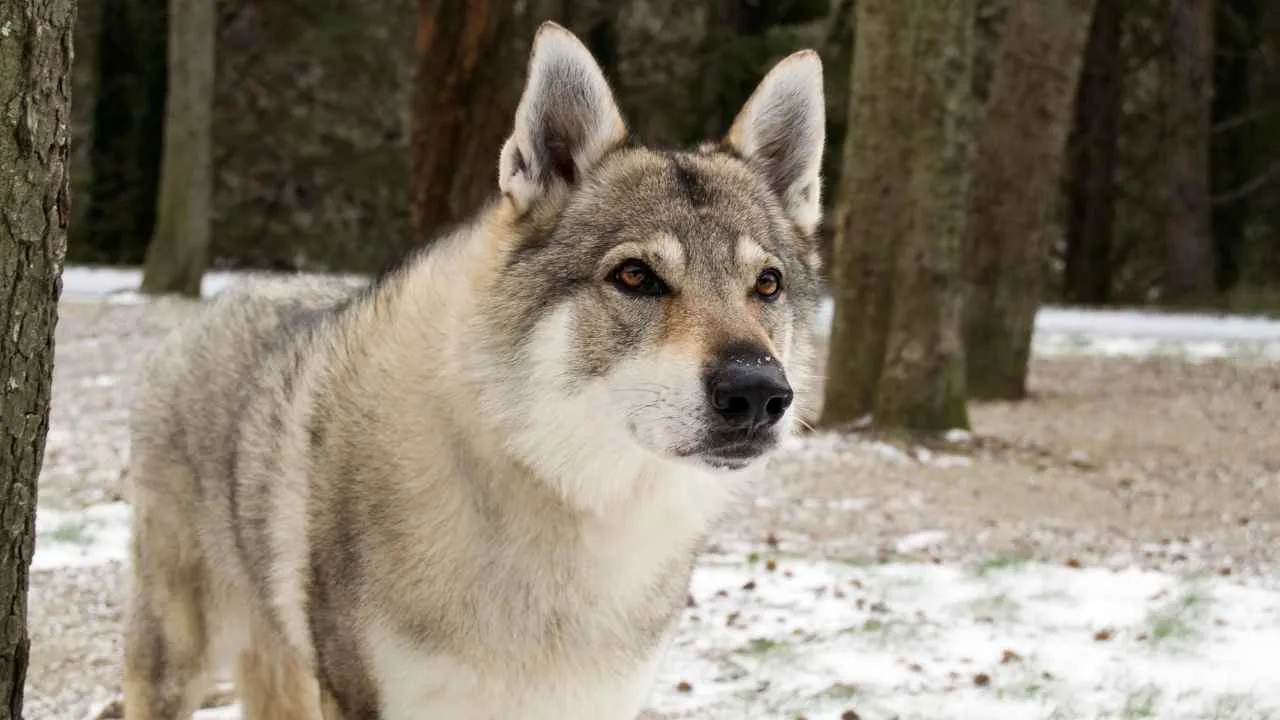
The Czechoslovakian Wolfdog was originally bred in the mid-20th century by crossing German Shepherds with Carpathian wolves. The purpose was to combine sharp working intelligence with stamina and resilience. Today, it remains one of the most cognitively demanding breeds to own.
Distinctive Appearance
With unmistakable wolf-like features, this dog carries a muscular frame, upright ears, and a strong muzzle. Its coat stays short yet dense, built for endurance in harsh weather. The recognized shades range from gray to silver-gray, often paired with a lighter mask.
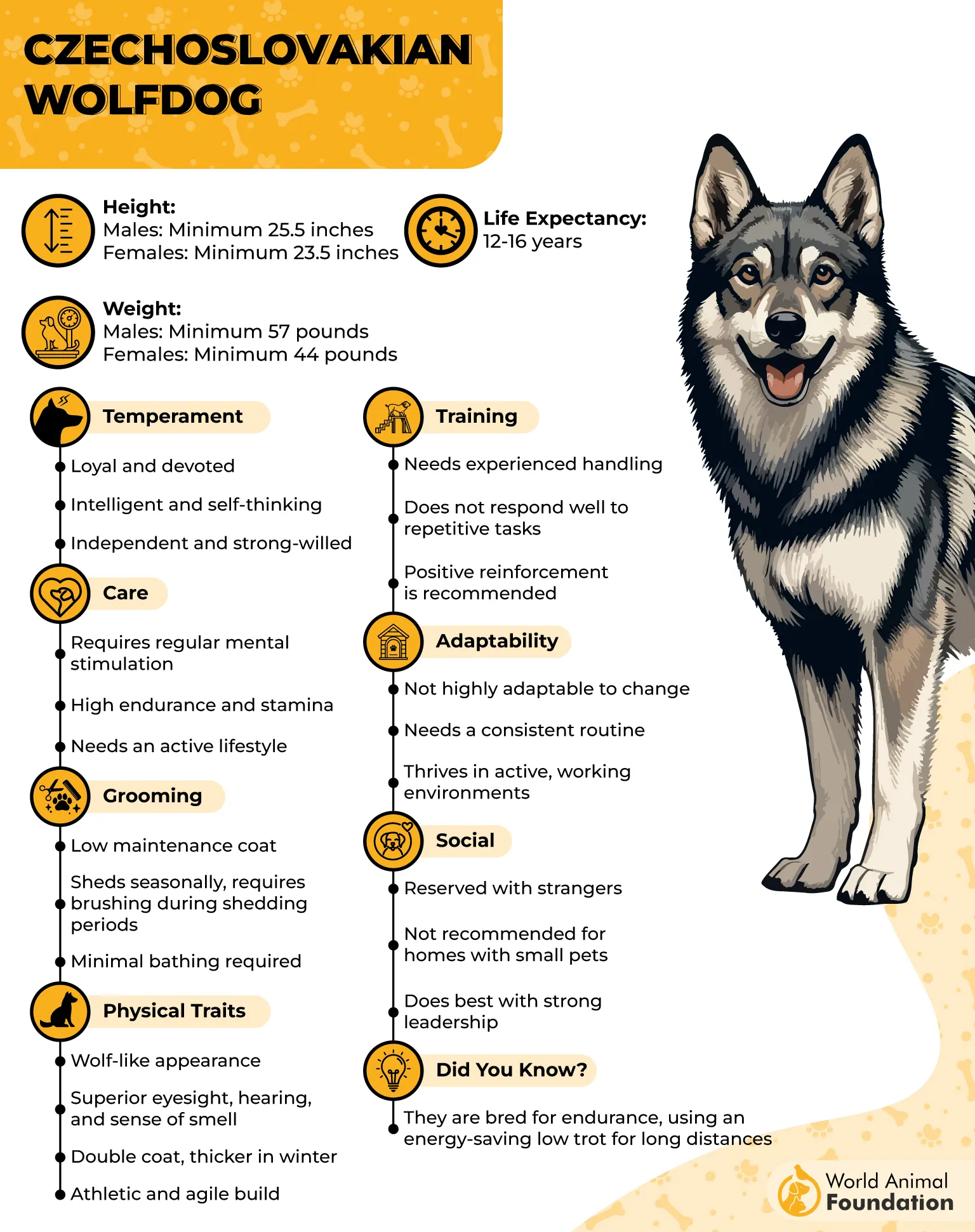
Working Capabilities
This is a breed that thrives when given challenging jobs, excelling in tracking, guarding, and endurance work. Key traits include:
Strong problem-solving ability in high-pressure tasks
Independence that requires firm guidance
Stamina suited for long treks or patrols
Mental Stimulation Needs
This breed requires significant engagement to stay balanced and cooperative. Its loyalty is strong, yet its independent streak can test inexperienced handlers. With consistent direction, it shows remarkable memory and task retention that few breeds can match.
3. Alaskan Malamute
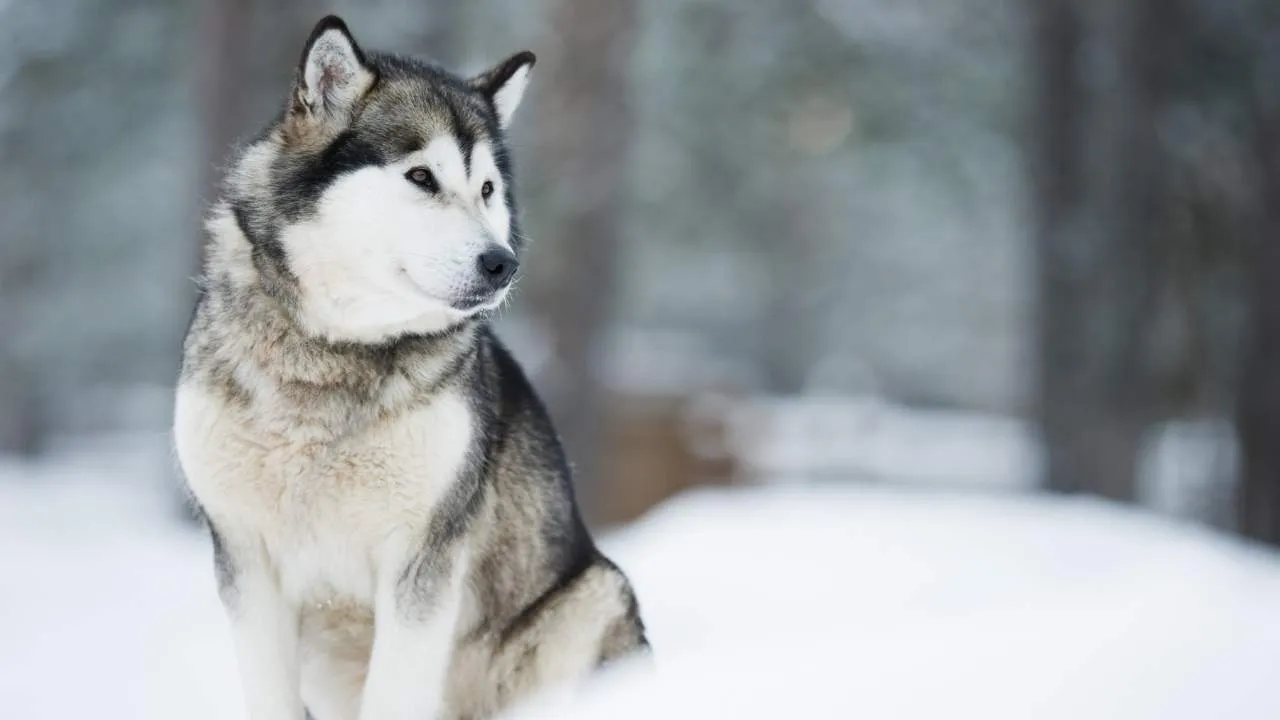
Alaskan Malamutes have an independent way of thinking shaped by years of hauling heavy loads across Arctic regions. Their problem-solving skills make them reliable in unpredictable outdoor conditions. They often anticipate commands rather than waiting for repeated directions.
Wolf-Like Physical Traits
With wolf-like traits, this breed is instantly recognizable through its wedge-shaped head, erect ears, and proud stance, as mentioned in Purina. Its thick coat protects it in extreme weather and requires consistent grooming to keep it manageable. These physical qualities also play a role in its endurance.
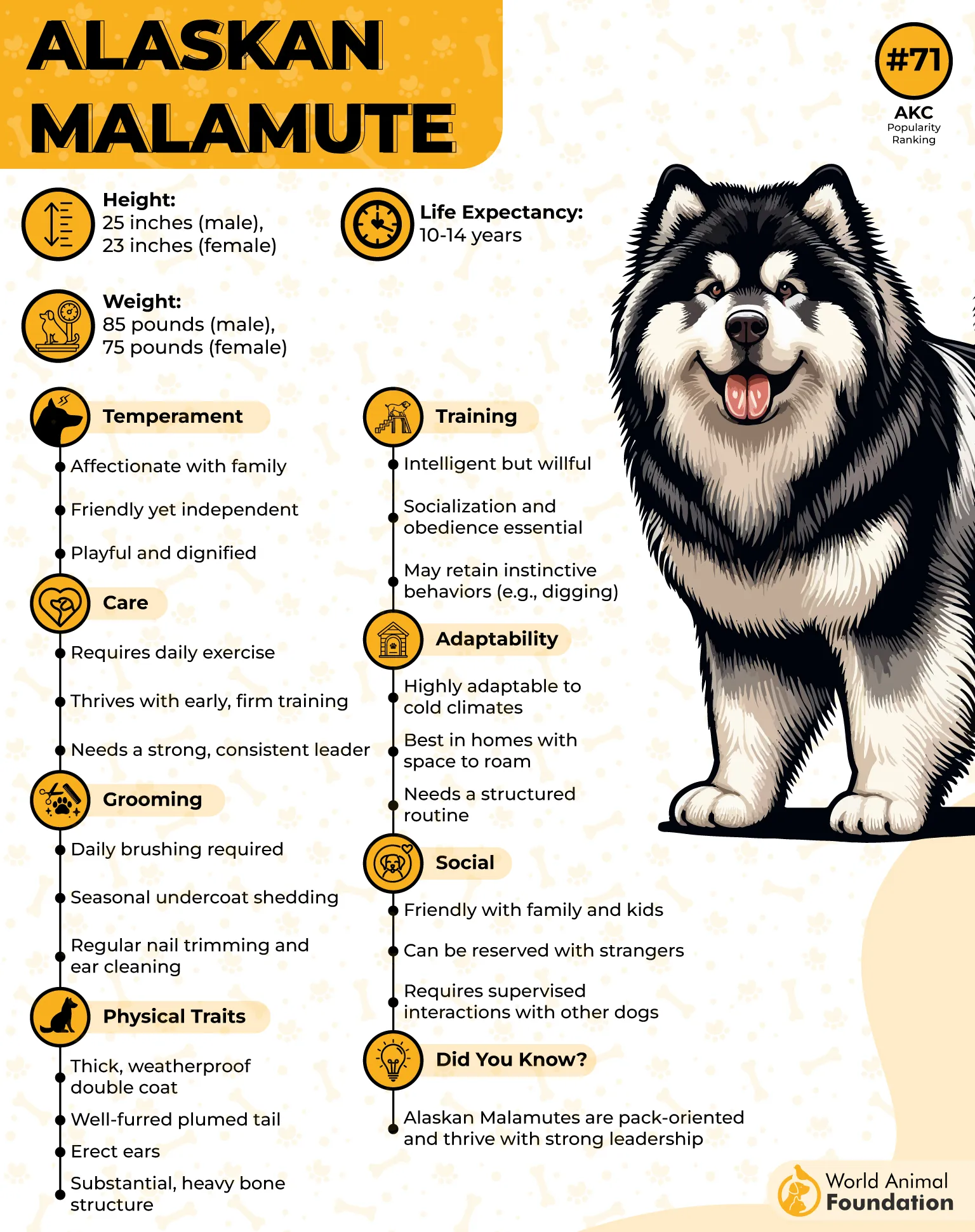
Complex Family Dynamics
Though affectionate, Malamutes are not always easy for first-time owners because their strong prey drive can create issues with other pets. They also test boundaries, requiring steady leadership to channel their energy. Without proper structure, they may dig, escape, or become overly vocal.
Mental and Physical Challenges
Keeping a Malamute engaged requires blending exercise with problem-solving tasks. Owners often create routines that include:
Long-distance runs or sled pulling
Digging areas to satisfy natural instincts
Structured training to redirect focus from small animals
Their intelligence shines when both their body and mind are pushed daily.
4. Shikoku

The Shikoku carries many primitive qualities that make its guarding instincts reliable in unpredictable environments. With sharp awareness and quick responses, it often anticipates changes around the household before they are noticeable to people. This ancient alertness is what links dogs and wolves in behavior.
Pack-Oriented Loyalty
This breed is deeply bonded to its human family and tends to treat them as part of its core pack. Protective reactions can emerge strongly when unfamiliar faces approach, showing a seriousness that goes beyond casual guarding. Their devotion is consistent across generations of carefully preserved breeding.
Vigilance and Adaptability
The Shikoku has the stamina to keep watch over long stretches of time without losing focus. Its sharp senses allow it to react to sudden movements or intrusions quickly.
Strong territorial awareness
Natural caution around other animals
Consistent alert barking in new situations
Suitability for Families
While deeply loyal, the Shikoku’s intensity may challenge first-time dog owners who lack experience handling primitive breeds. It thrives best with active families who can provide structure, outdoor activity, and firm boundaries. With clear leadership, the guarding instinct is balanced with steady companionship.
5. Yakutian Laika
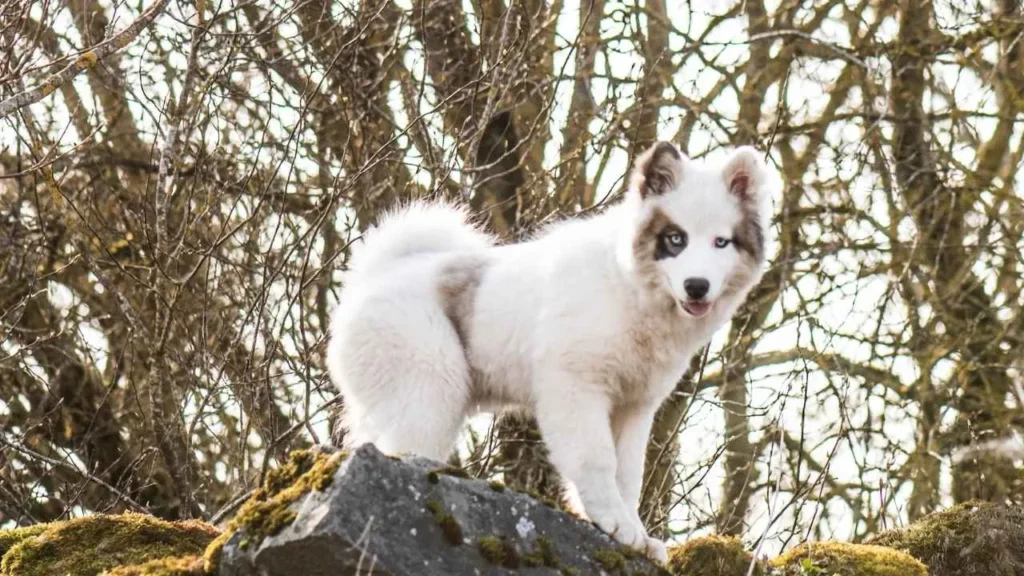
The Yakutian Laika carries instincts shaped by centuries of survival in Siberia, where dogs often had to protect both families and livestock. Their alertness allows them to sense unusual movement or sounds quickly. This trait aligns closely with wolf-like guarding behavior.
Physical Characteristics that Aid Protection
Their spitz build combines endurance with strength, and the curled tail, upright ears, and thick coat add to their commanding presence. These physical characteristics give them an edge when navigating cold environments while staying ready for defensive roles.
Loyalty to Family
Yakutian Laikas form close attachments to the people they live with, offering a reliable form of household protection. Pet owners value their ability to stay gentle with children while maintaining caution toward strangers. With consistent training, they balance affection and guarding ability.
Role in the Canine World
Their versatility has been proven over centuries as sled dogs, hunting partners, and family guardians. In today’s canine world, they stand out for blending athleticism with sensitivity. Key traits include:
A strong instinct to patrol their territory
Calm confidence when assessing threats
Readiness to defend when family safety is at stake
6. Alaskan Klee Kai
Alaskan Klee Kai carry a striking resemblance to northern sled dogs but in a smaller frame, giving them the sharp, wolfish look tied to guarding instincts. Their erect ears and piercing eyes add to their alert presence, which often makes strangers pause before approaching.
Keen Sense of Awareness
These dogs are highly observant, picking up on subtle sounds or movements around the home. Their natural vigilance makes them effective at signaling disturbances before they escalate. With their sharp hearing and quick reactions, they thrive in environments where awareness is key.
Strong Bonding and Loyalty
They often form close attachments to their families, showing protective tendencies toward their chosen people. While naturally reserved with outsiders, their loyalty within the home is unwavering. This close bond adds another layer to their guarding nature.
Energy and Mental Engagement
Alaskan Klee Kai require both physical exercise and mental challenges to keep their instincts sharp. Their energy can be managed through structured activities such as:
Obedience drills that refine control
Puzzle toys to stimulate problem-solving
Regular runs or hikes to channel stamina
7. Norwegian Elkhound
The Norwegian Elkhound has roots going back more than a thousand years, valued by Vikings for its courage in tracking moose, wolves, and bears. This long partnership in rugged terrain shaped its confidence, independence, and guarding ability. Its hunting background continues to influence the breed’s natural vigilance today.
Guarding Instincts at Home
With a sharp nose and alert ears, the Elkhound notices even subtle movements around its territory. It has a habit of circling areas when unsettled, a trait that mirrors its old hunting style. Barking is purposeful and strong, meant to both warn intruders and alert its family.
Loyalty and Pack Behavior
This breed bonds closely with its household and dislikes isolation, preferring to live as part of a family pack. Its guarding instincts extend to children, where it shows patience combined with watchfulness. These traits create a balance between companionship and reliable home protection.
Distinctive Traits
The Elkhound combines stamina and independence with affection for its people, qualities that suit families who appreciate both energy and loyalty.
Thick double coat offers insulation in cold climates.
Silent trailing ability reflects its hunting origins.
Confidence allows it to stand firm without unnecessary aggression.
Conclusion
The guarding power of wolf-like dog breeds lies in instinct as much as in appearance. Their ability to sense, react, and protect makes them unique among domestic dogs, where loyalty and vigilance intertwine.
Some resemble wolves in physique, while others reveal their heritage through behavior and resilience. Many are highly trainable, excelling in structured routines and agility training that sharpen both body and mind.
Families who embrace their protective traits gain companions who defend with heart and courage. Their wolf-like appearance and deep devotion show how ancient survival instincts remain alive in modern canine life.


